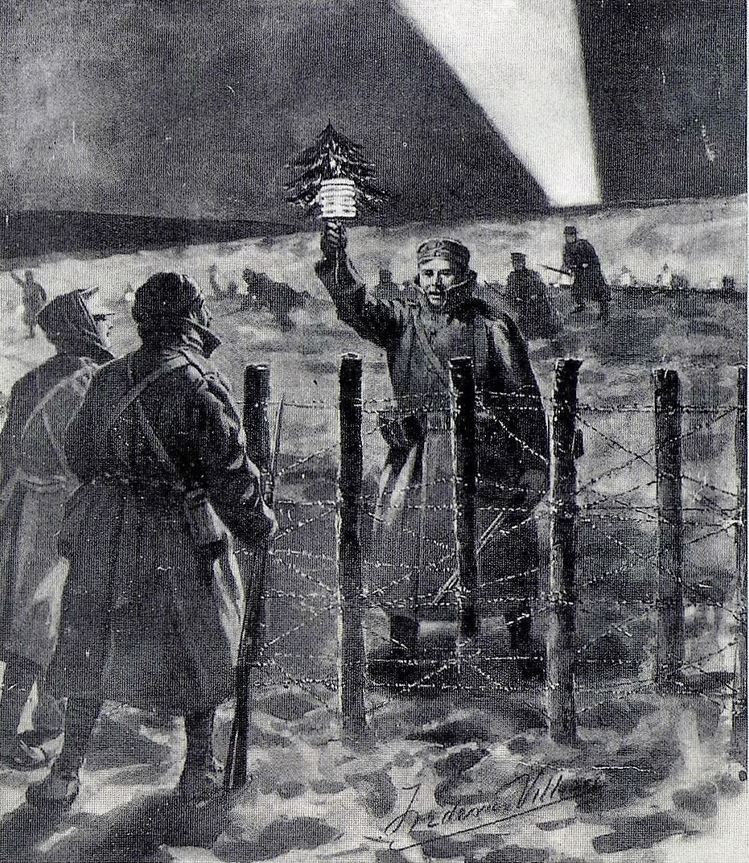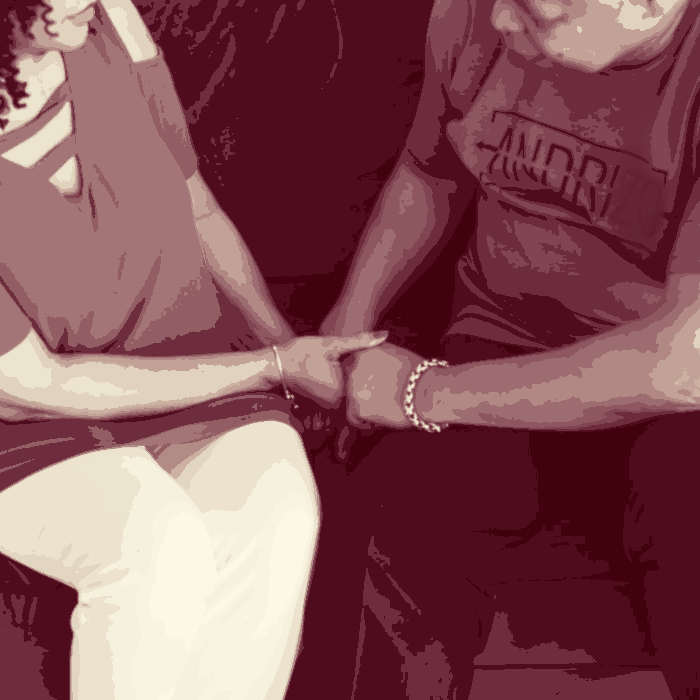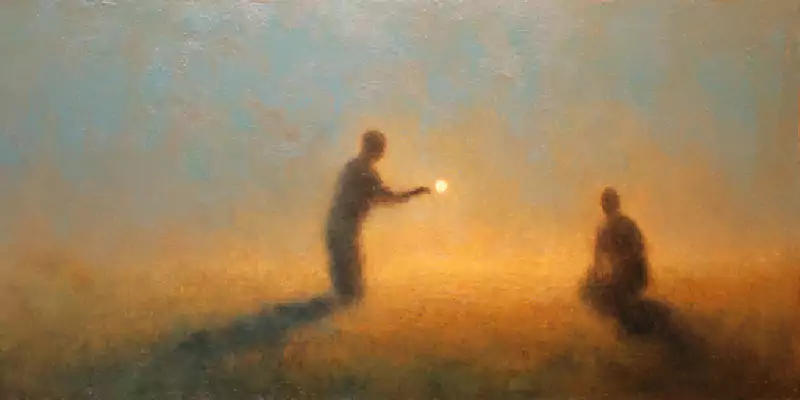“If the Restoration recuperates nothing truly revolutionary, crucially different,
distinctively and uniquely salvific about Jesus the Christ,
then the entire enterprise adds little more than some marginalia
and footnotes to the Christian plan of salvation.”
The public has long been fascinated with Mormonism’s gold plates, 19th-century practice of polygamy, and cultural distinctives (tithing, no alcohol, and lots of white shirts). Theologically, Restoration thought recuperates a number of distinctive teachings found among prominent early Christian voices but seldom heard today: mortality as a school for souls, Eden as educative immersion rather than catastrophe, human premortality, and an eternal progression toward theosis. When it comes to the author and finisher of our faith, however, missionaries and members generally invoke Jesus Christ as that foundation which unites us most essentially with other Christians. We share a worldwide faith in Jesus Christ as the pivotal and essential figure in our salvation. In authoring this book, we began with the premise that we cannot—or should not—consider the array of our beliefs and practices as details that are separate and apart from how we understand Christ and His role in the plan of happiness. We cannot simply transpose Christ from inherited tradition(s) into a new set of doctrinal positions. What we have to say about Christ must be the most important thing we teach in the Restoration, and if we are assigning the parts their due place in the whole, then “truth restored” must begin with a fresh and inspired understanding of Christ and radiate outward to generate the balance of Restoration teachings.
We did the research for this book during a sabbatical term at Oxford. The magnificent libraries (and a favorite bookstore particularly rich in early Christian studies) allowed us the resources, and the months of respite from life and work’s usual demands provided the ideal space for study and reflection. Fiona was the first to fasten onto the centrality of healing in the life and ministry of Christ, but also in the ways that early Christians spoke and wrote of Him.
Scholars have long recognized that Christianity was not a monolithic, well-defined entity in the first Christian centuries. The long-standing picture of a unitary “true church” suddenly corrupted and veering into apostasy is not accurate. However, some of the major developments in the fourth and fifth centuries were undoubtedly incompatible with Restoration understandings of God’s nature, the nature of His justice, and the scope of His love. At the same time, through our studies, we have time and time again encountered those figures that the Lord told Joseph were “holy men [and women]” that he “knew not of.” As the Book of Revelation foretold, the church did not disappear utterly from the earth. It retreated into the wilderness, where it was “nurtured for a time.” Our approach to church history has been an attempt to blend rigor and charity: we think it is useful for disciples to know where we Christians came from, how we got here, and what went wrong along the way. We also think it is imperative to take seriously the proposition that God has never ceased to inspire good-hearted women and men with the capacity to speak His truths in all times and places.
We hope our work will accomplish at least two things. We hope it will help students of the gospel see Jesus Christ and His work in new ways—shorn of much of inherited traditions that we believe can obscure the incomparable beauty and healing power He brings to a wounded world. And we hope our writing encourages others to “seek out of the best books” and out of the records of the past, truths to inspire and uplift and enhance a Restoration still very much in process.
















